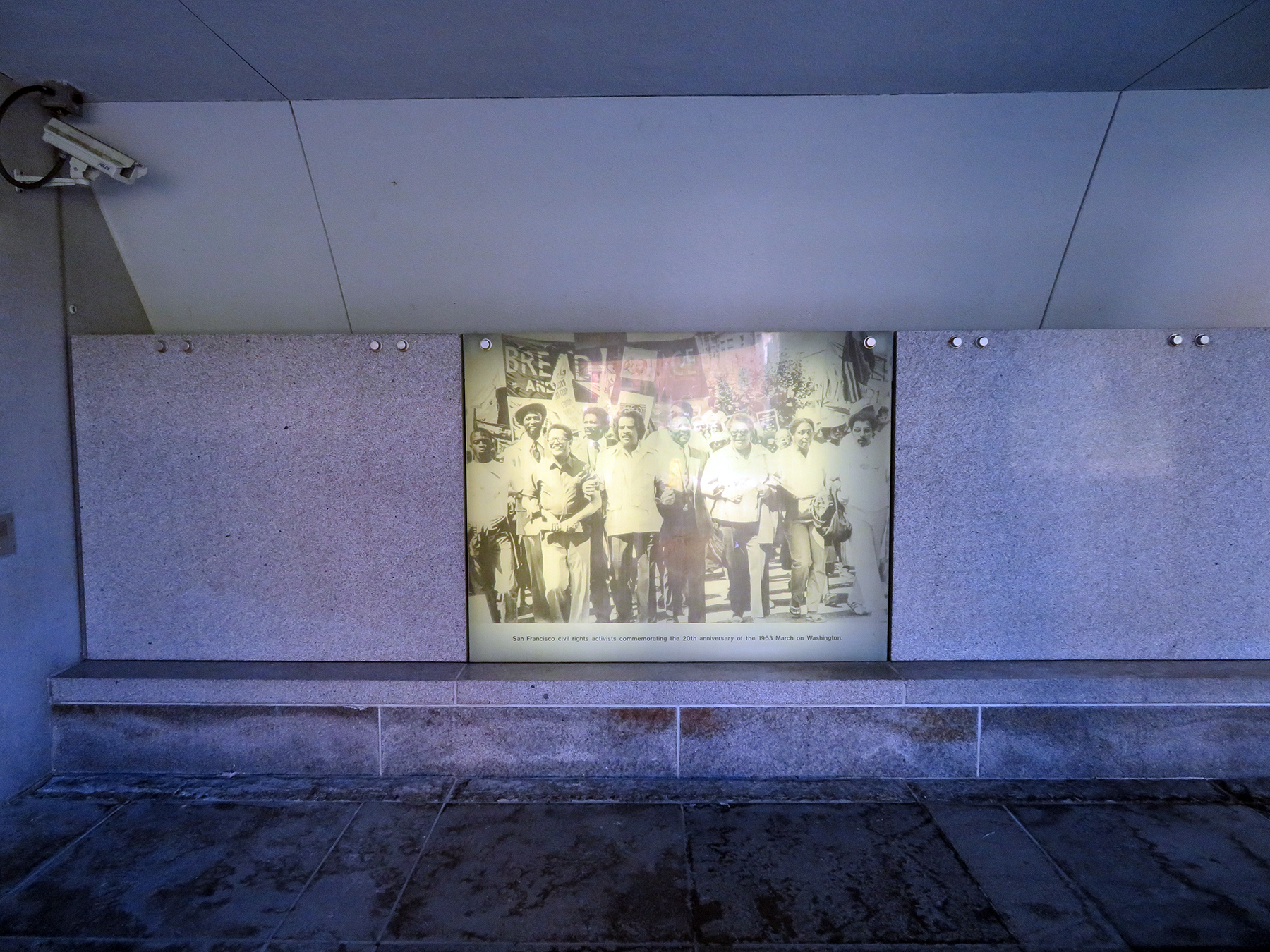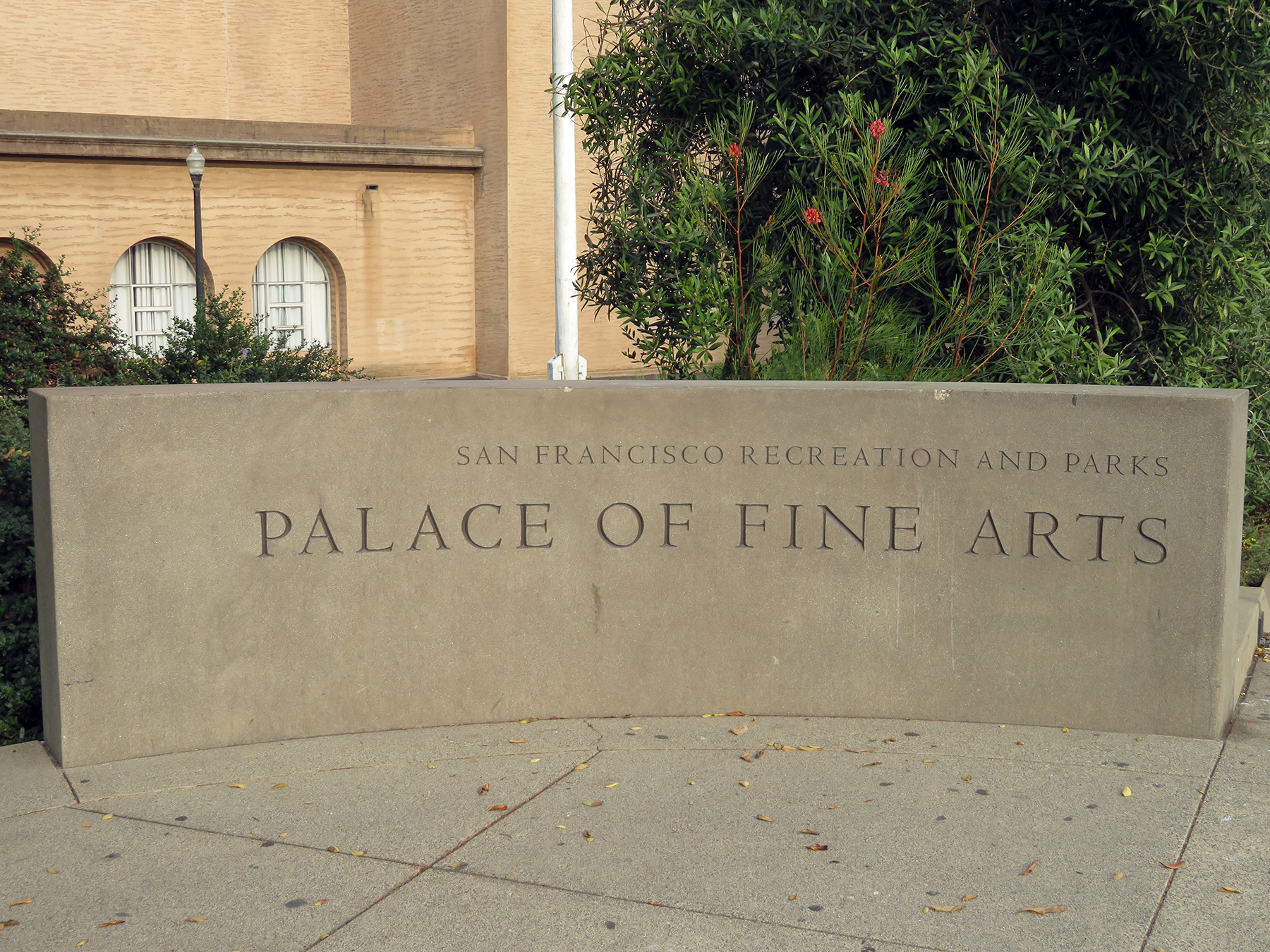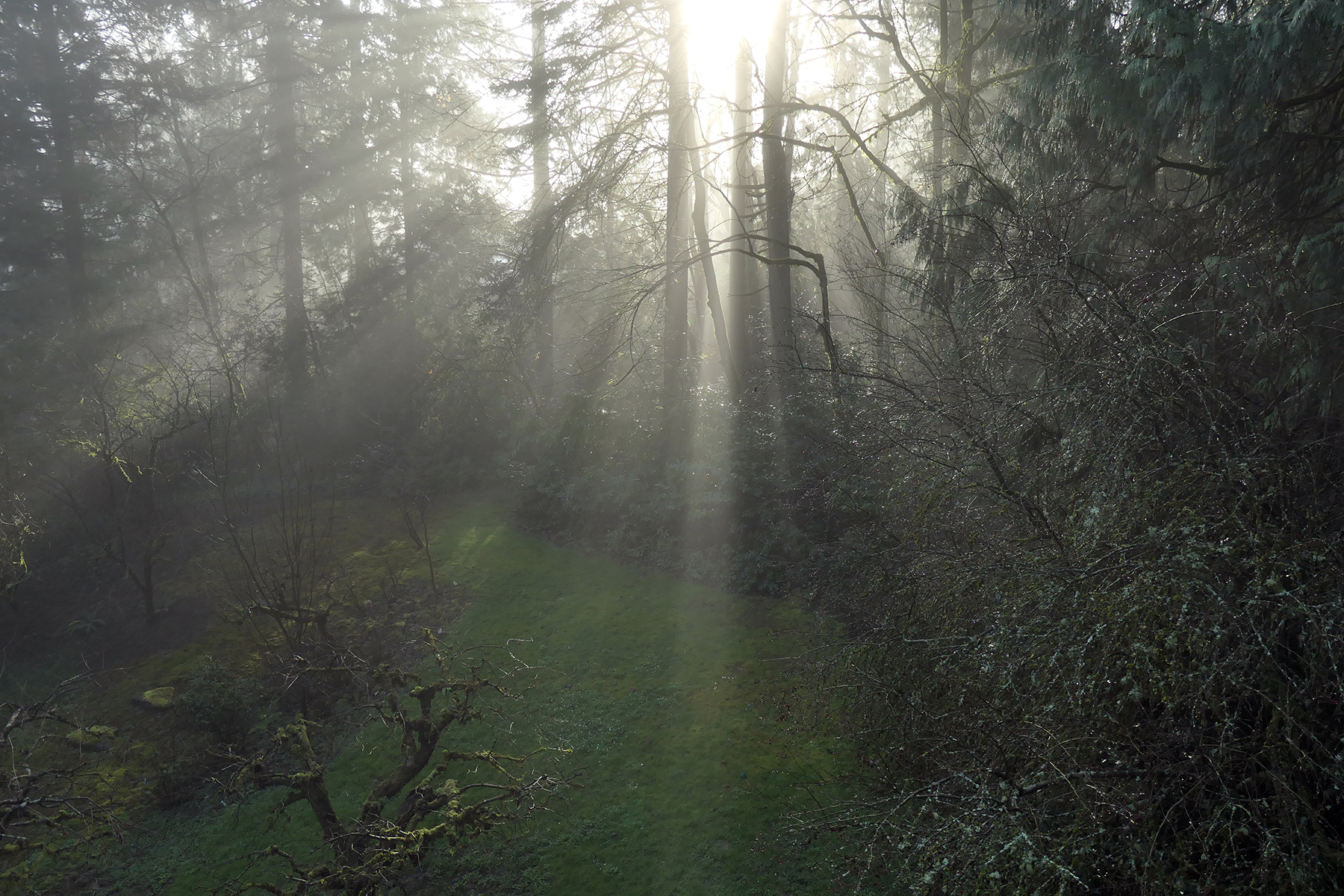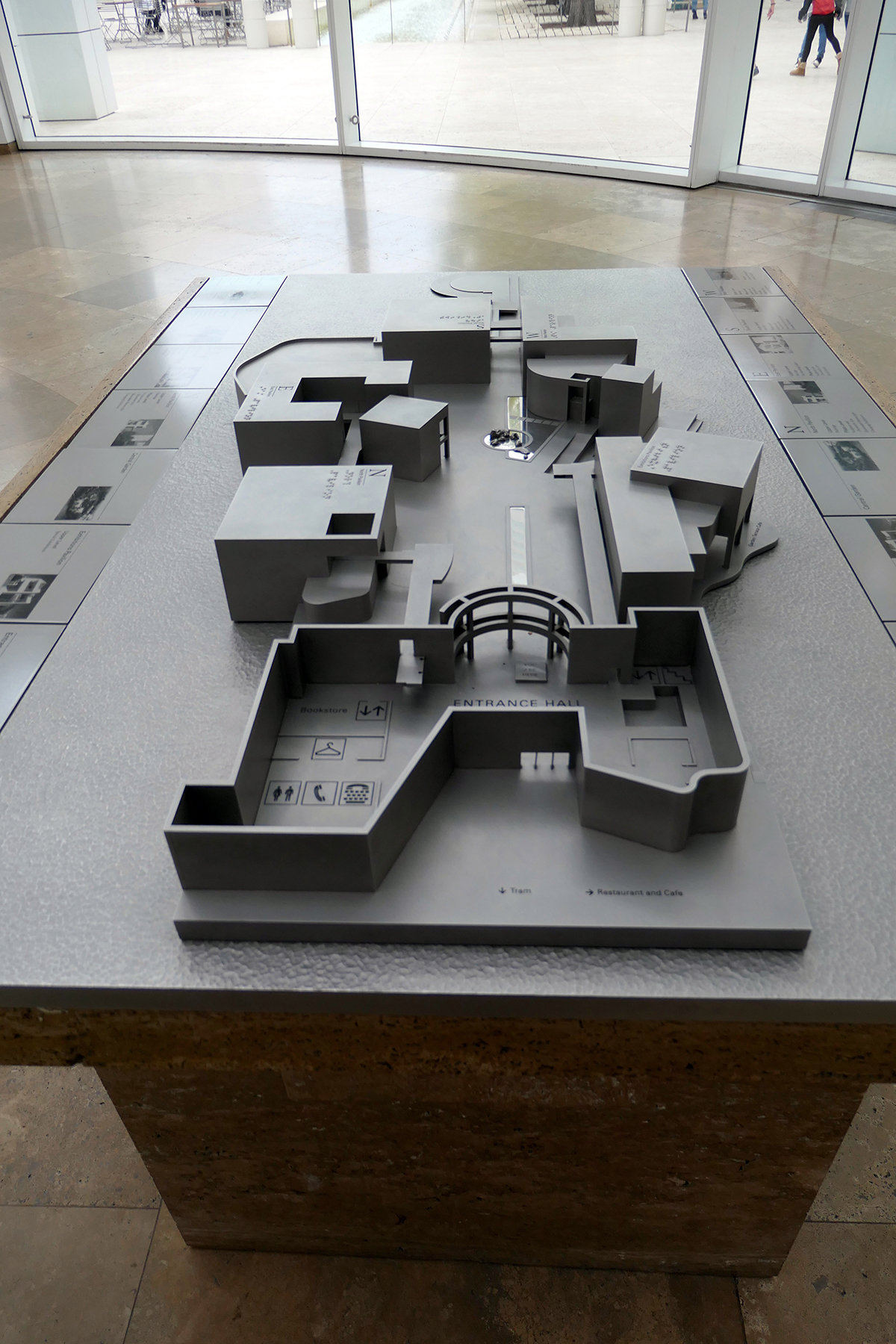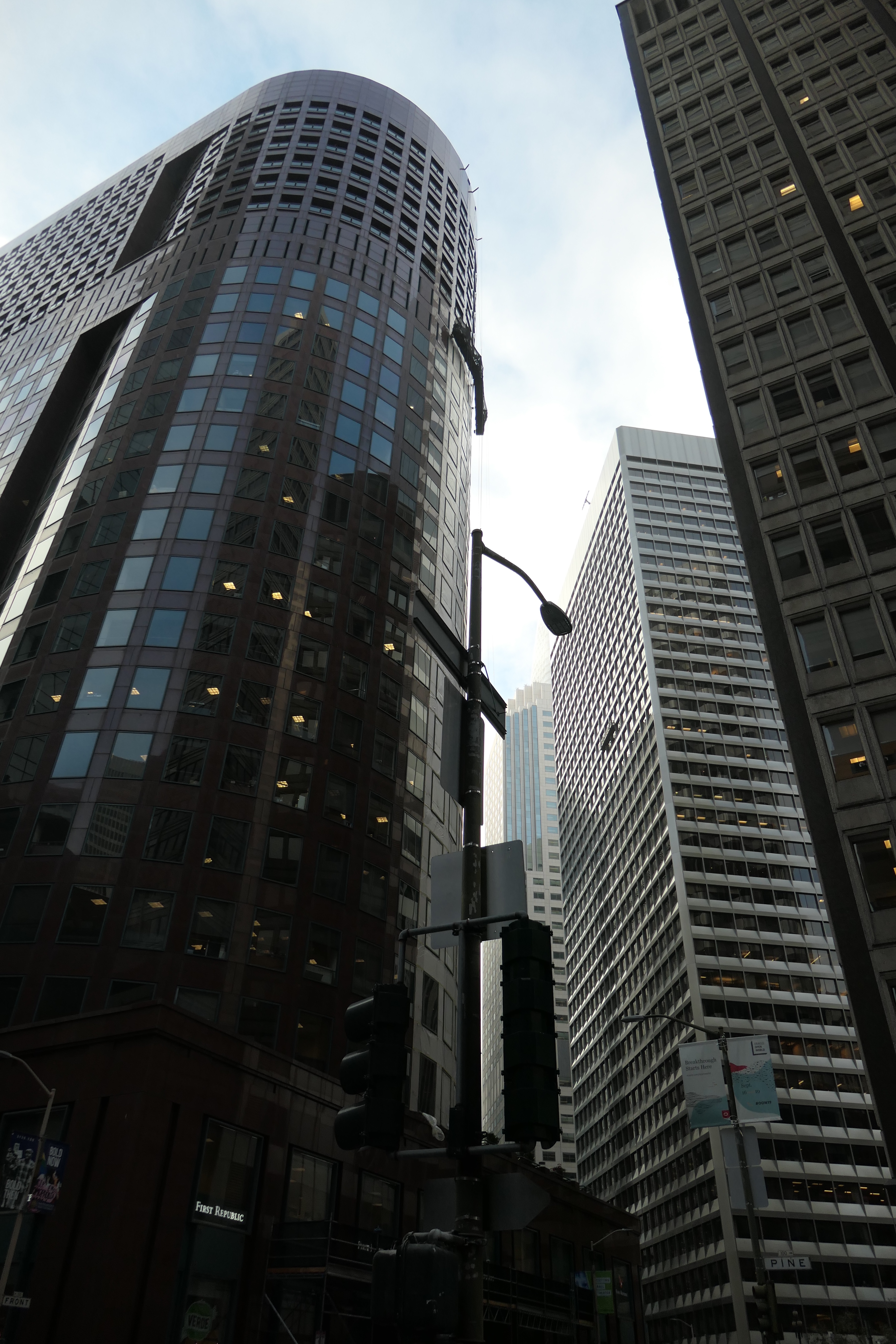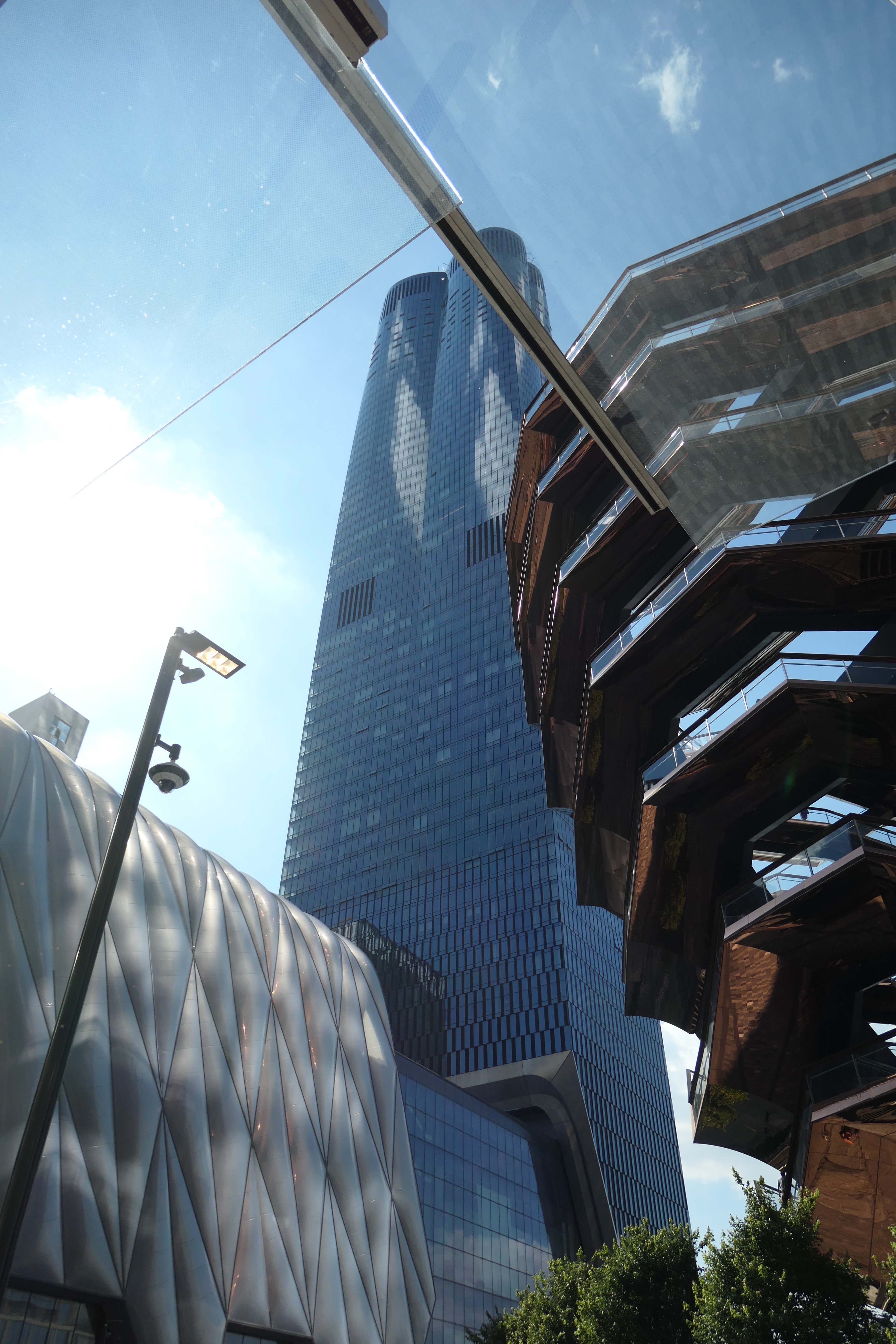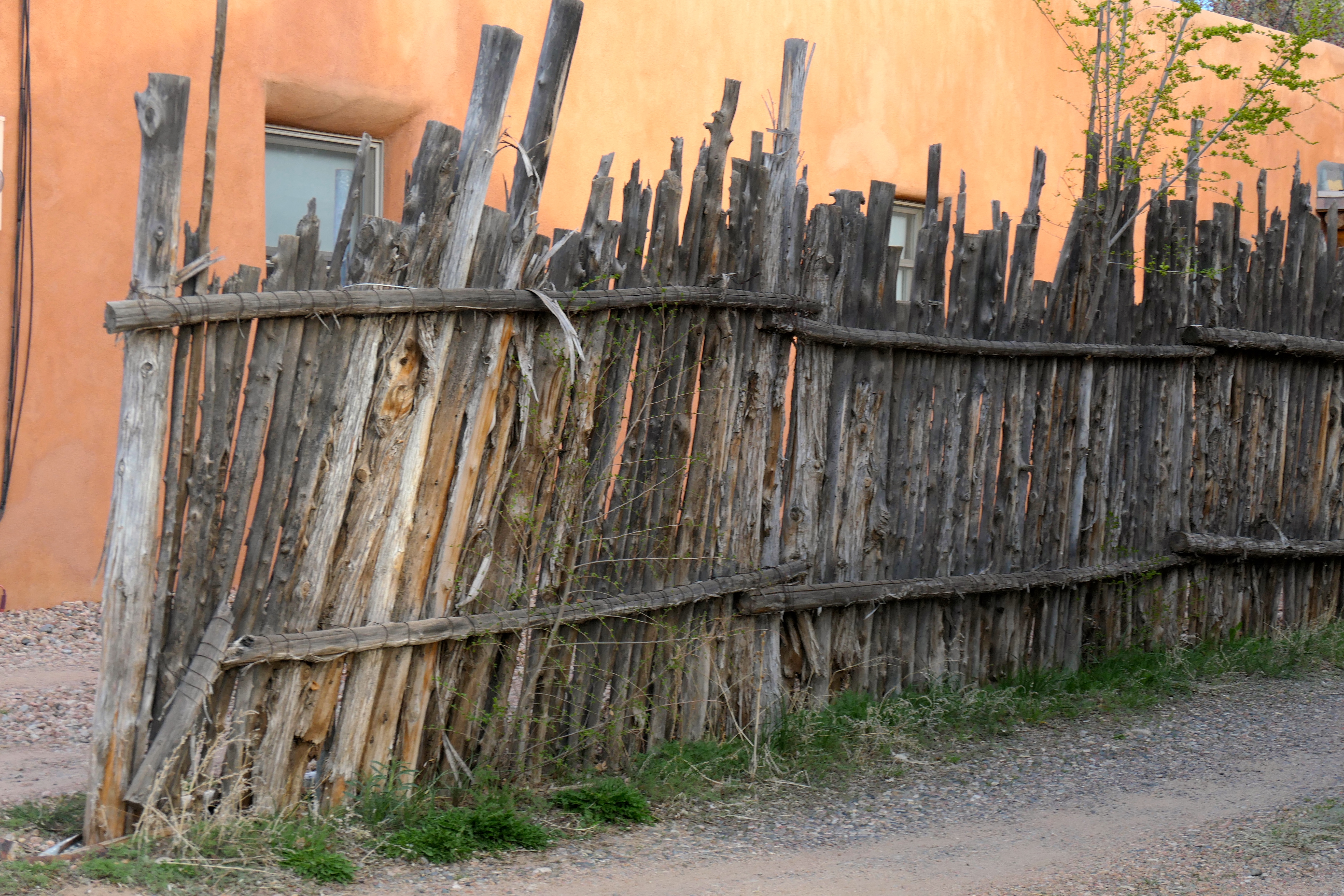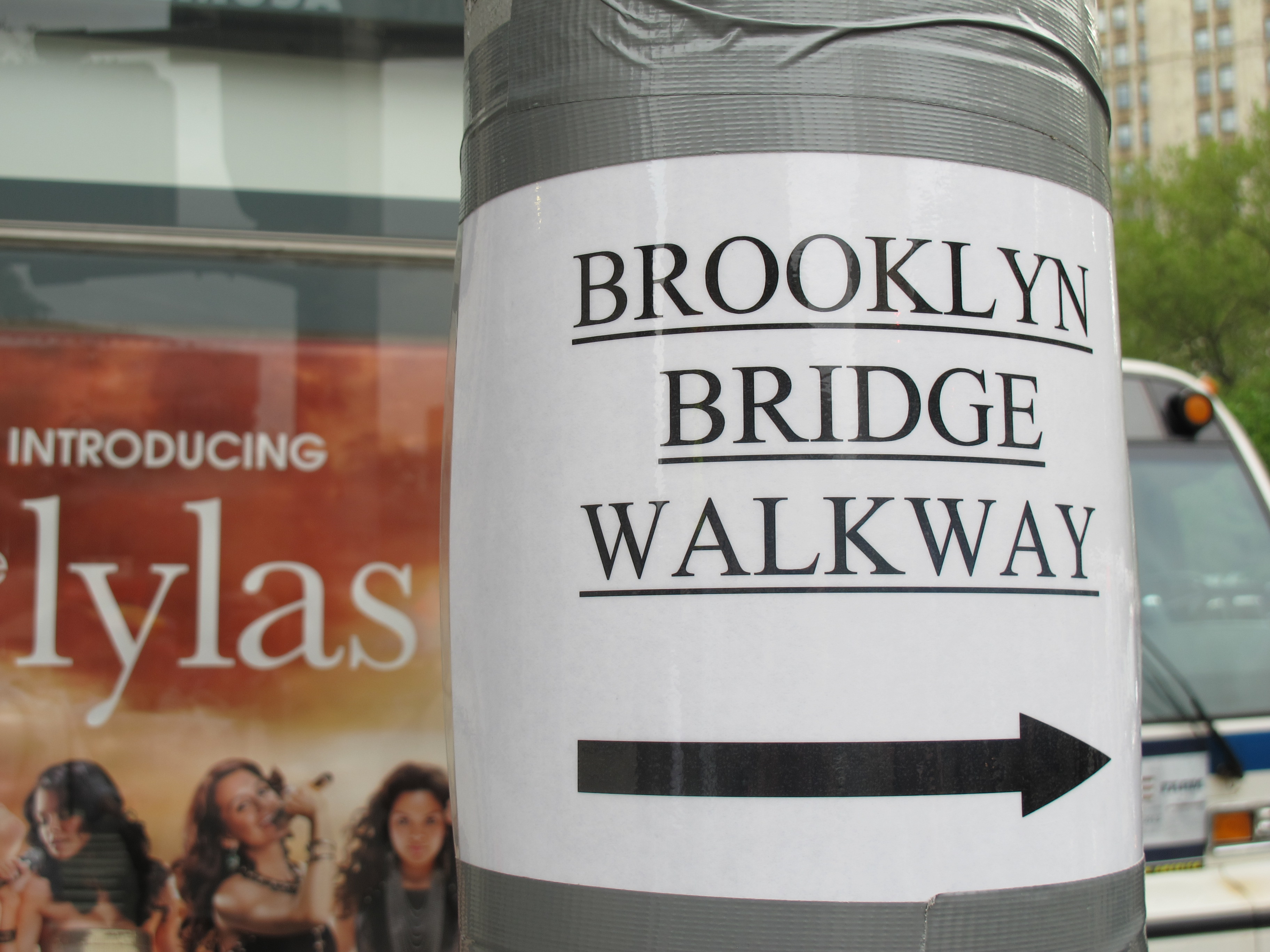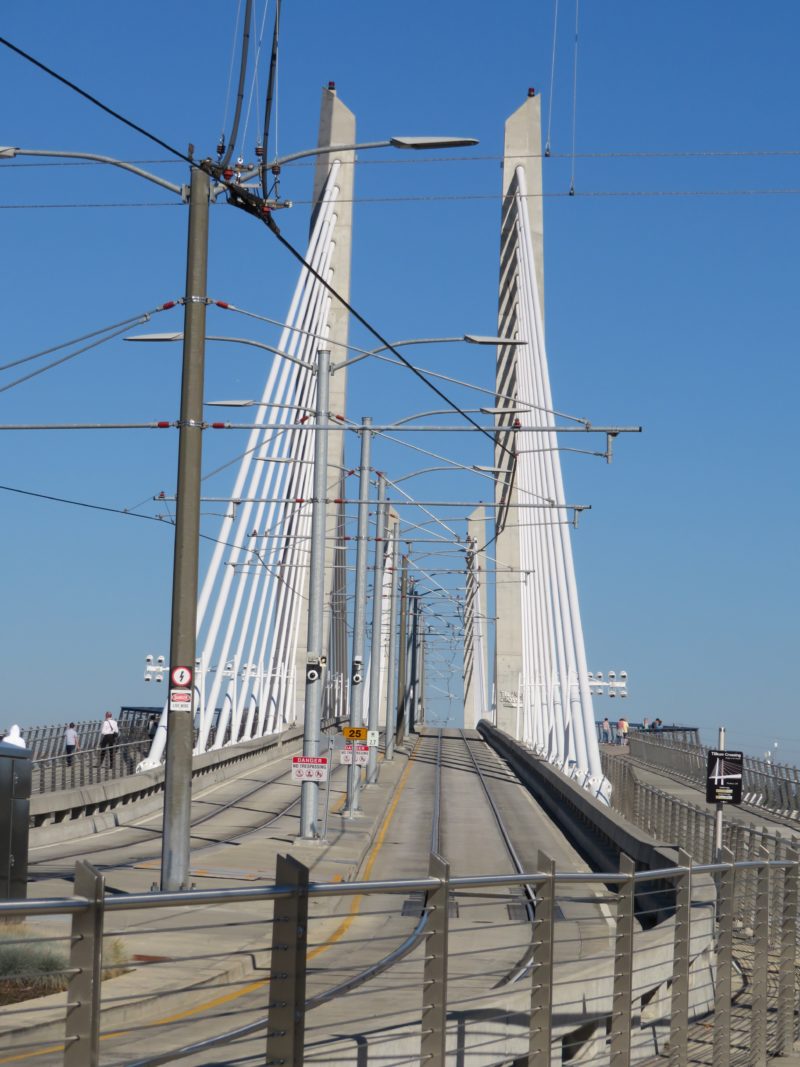So much for good intentions. The plan for the de Young museum building to turn – literally – bright green in color within 15 years of its construction to mirror its park surroundings did not pan out. What happened?

After the famous San Francisco art museum was damaged beyond repair in the 1989 earthquake, two star architects, Jacques Herzog and Pierre de Meuron (think Tate Modern, Great Britain) were eventually called to create something truly new. Which they did. A stunningly different – and gorgeous – construction with a physical presence that both integrates into and dominates its lush physical surrounding, with an elongated rectangle (linked smaller pavilions inside) echoing the shape of Golden Gate Park, and a high tower reminiscent of the tall trees that are the park’s hallmark.



The building’s full 293.00-square-feet facade is covered in copper panels which were supposed to develop a green patina over the years. Given the increasingly dry climate, that process is now expected to take about half a century. Instead you see a rusty brown color – the color of coconuts I thought, a thought probably suggested by the majestic Canary Island palms that flank the building. A thought that would be a mistake.


These palms are from the date palm family, a very different species than the ones carrying coconuts. They are as stately as the tower behind them. They also let the light percolate through their foliage just like the light on the museum seems to be dappled, due to the patterning of the copper skin, at times perforated, or dotted, or structured in other ways. That pattern also picks up the rough structure of the palm tree trunks. I could not think of a cleverer way to reflect the beauty and specifics of an environment in modern architecture.

To the right of the building (I came too early for the official sculpture garden on the left to be open and did not enter any building due to Covid-19 risks) is The Garden of Enchantment, displaying a strange assortment of sculptures.
Moody sphinx (Arthur Putman (ca. 1910)

join an overwrought Gustave Doré contraption, Poème de la vigne (Poem of the Vine) (1877–1878, cast in 1882). Why do his sculptures so often remind me of misshapen, marzipan-encrusted wedding cakes?


Diverse wildlife crouches in the vegetation,



lorded over by a shiny silver pirate by Peter Coffin, “Untitled (Pirate)”, 2007, (cast in 2009,) who comes in pairs – pairs of hooks, peg-legs, parrots and eye-patches,


blind to the saccharine figures in front of him, probably for the better.


According to the artist,
“I believe the spirit of San Francisco still embodies the ideas of ‘the West,’ where dreams come from, where the frontier expands to the ocean, etc. That sense … is closely tied to its unwillingness to be restricted, its history of resistance and its fight for freedom against authoritarianism.”The pirate should stand “strong as a timeless hero or anti-hero here to defy authority and the status quo, he lives apart from the conventions of bourgeois society and breaks the rules to make new ones.”
Funny, that in Gardens of Enchantments those very conventions always prevail, with empty promises of happy endings….
Has me scratching my head as well….

More on the museum and its surrounds tomorrow.
For music today I chose a group that has performed at the de Young in the past with a piece that matches the energy of the building.
